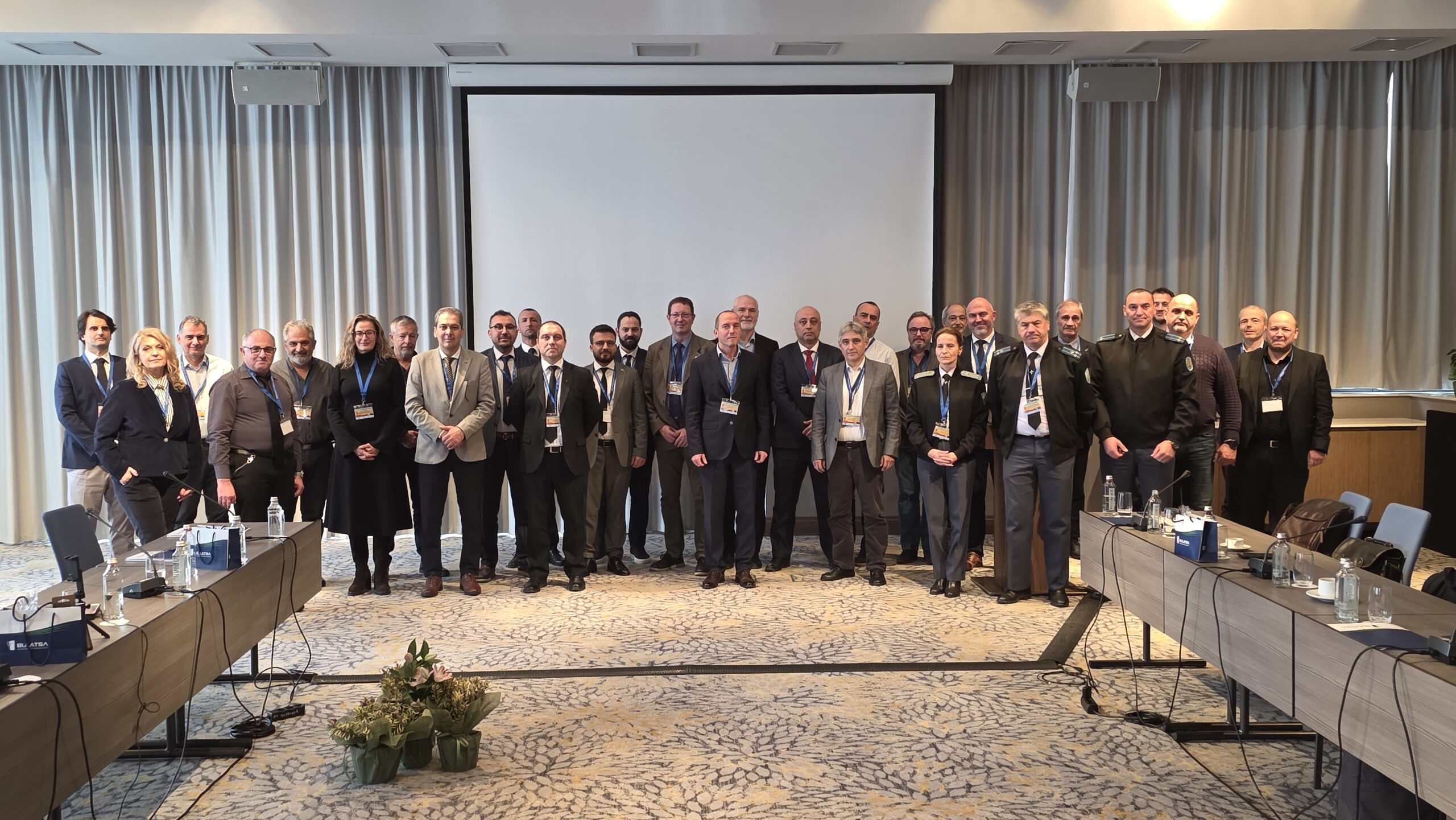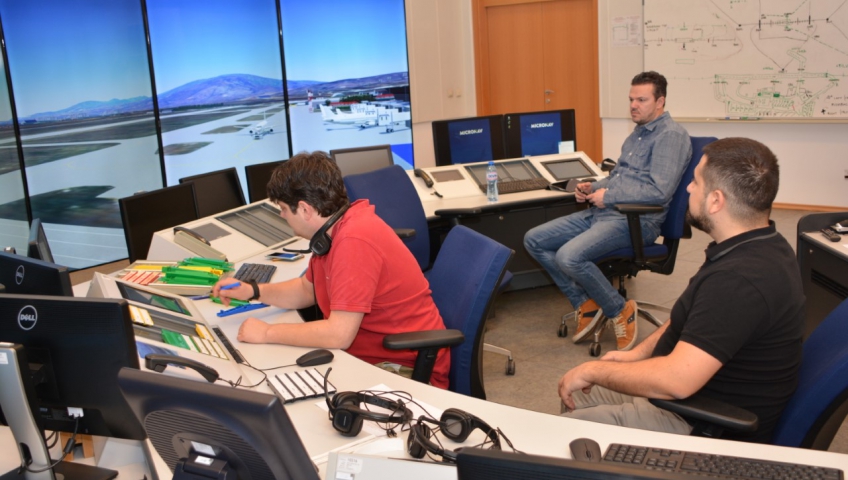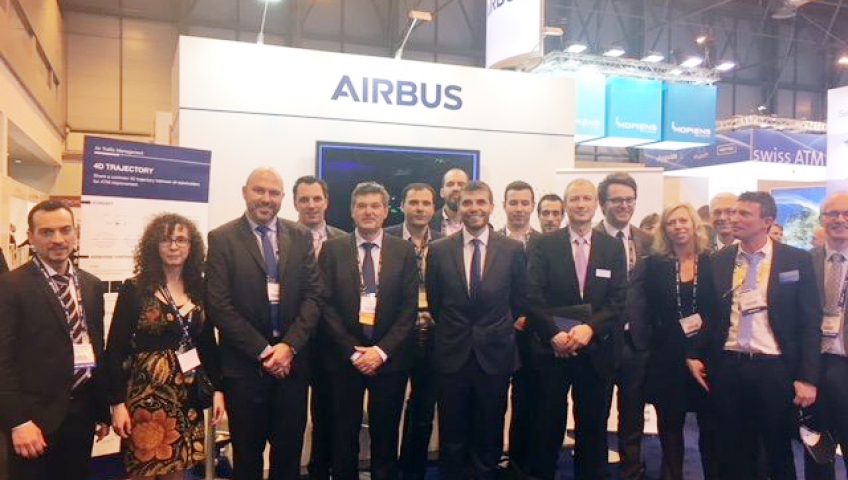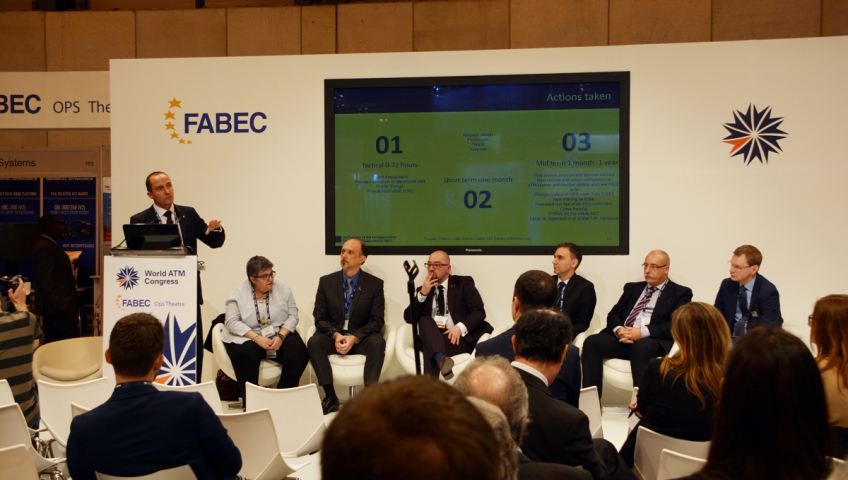
A high-level meeting between BULATSA Director General Mr. Georgi Peev and the Director General of EUROCONTROL (the European Organization for the Safety of Air Navigation) Mr. Eamonn Brennan was held on 8 May 2018. This is the first meeting of Mr. Brennan in Sofia since he took office as Director General of EUROCONTROL on 1 January 2018.
The talks were focused at stronger collaboration between EUROCONTROL and BULATSA, the challenges of the ATM environment, the forthcoming opening of the new airport in Istanbul and its impact on the Network.
The visit of EUROCONTROL Director General indicates the appreciation of the strategic cooperation with the Republic of Bulgaria as well as the high importance of the Bulgarian Airspace in the European ATM Network.
During his visit Mr. Brennan held meetings with the Minister of the Transport, Information Technology and Communications Mr. Ivaylo Moskovski and with the Director General of Civil Aviation Administration (DG CAA) Mr. Stanimir Leshev.
In the current context of transformation of the European air traffic management and the responsibilities of EUROCONTROL as Network Manager Mr. Brennan is amongst the most influential officials in the civil aviation area.
Before joining EUROCONTROL Mr. Brennan was Chief Executive of the Irish Aviation Authority (IAA). With over 35 years’ experience in both the public and private sector he has played a central role in the development of aviation policy both at national and international level.
































